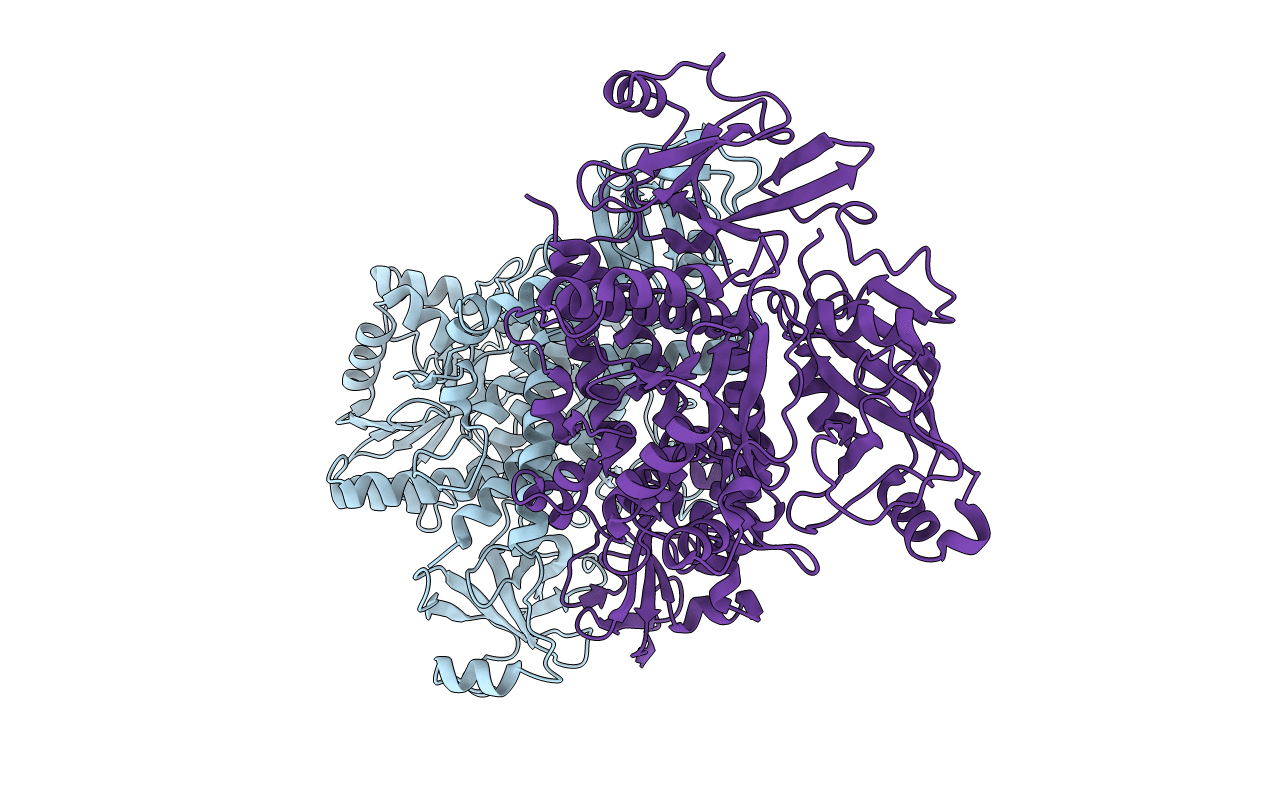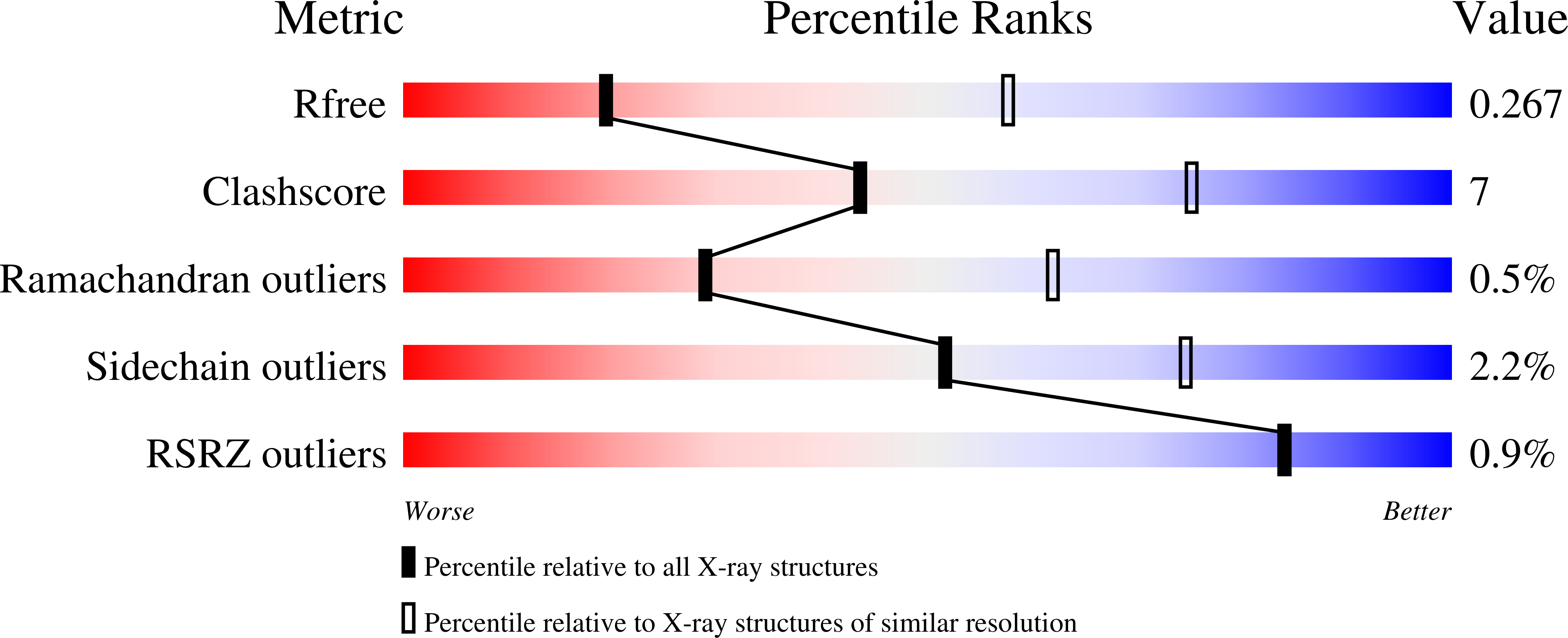
Deposition Date
2020-03-30
Release Date
2020-12-30
Last Version Date
2024-05-15
Entry Detail
PDB ID:
6YHL
Keywords:
Title:
Crystal structure of CNFy from Yersinia pseudotuberculosis - N-terminal fragment comprising residues 1-704
Biological Source:
Source Organism:
Yersinia pseudotuberculosis (Taxon ID: 633)
Host Organism:
Method Details:
Experimental Method:
Resolution:
3.28 Å
R-Value Free:
0.26
R-Value Work:
0.24
R-Value Observed:
0.24
Space Group:
P 1 21 1


